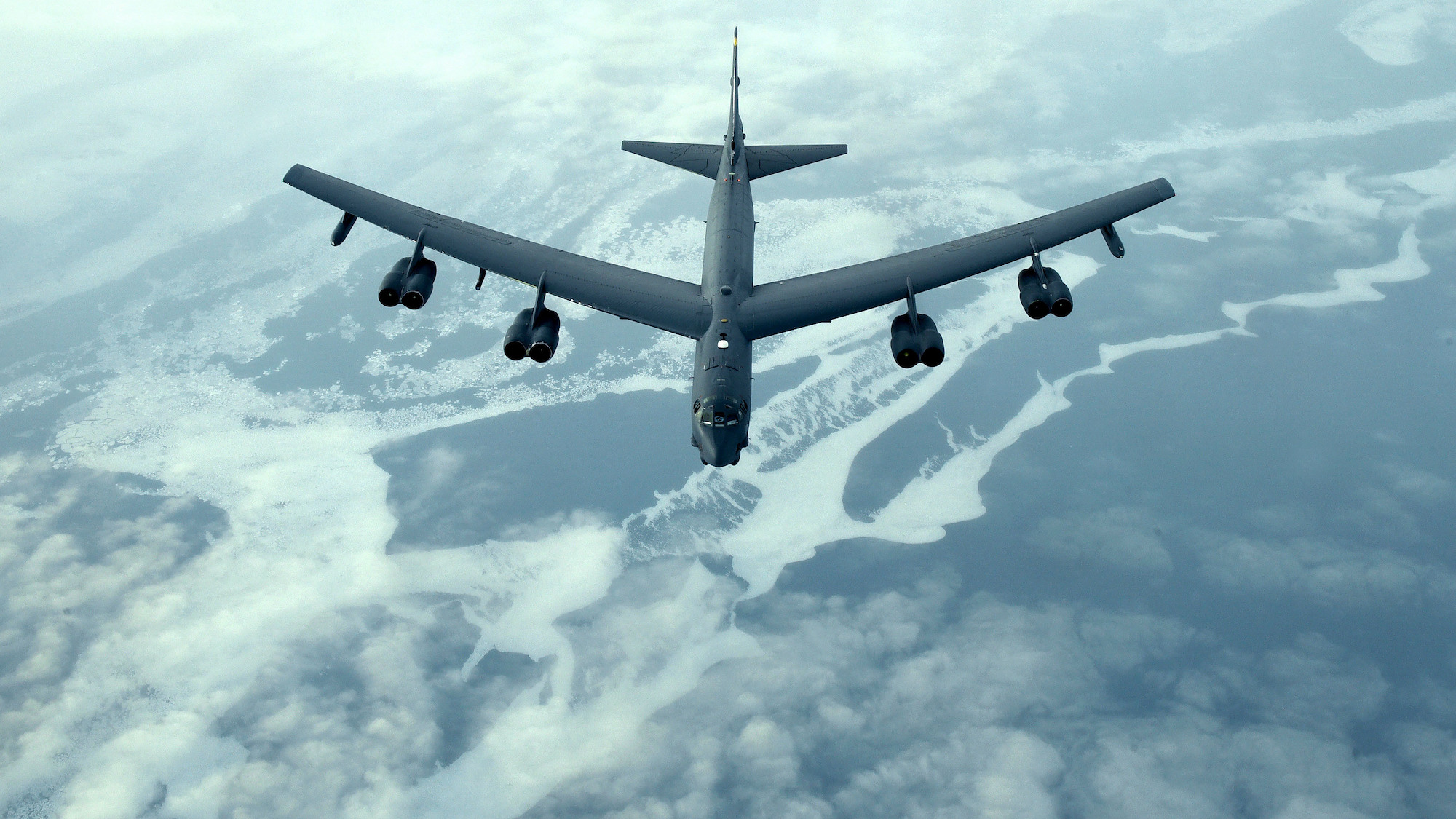

Today, President Vladimir Putin of Russia announced that the country would suspend participation in New START, the last standing major arms control treaty between the country and the United States. Putin clarified that the suspension was not a withdrawal—but the suspension itself represents a clear deterioration of trust and nuclear stability between the countries with the world’s two largest nuclear arsenals.
Putin’s remarks precede by a few days the anniversary of the country’s invasion of Ukraine, an entirely chosen war that has seen some concrete Russian gains, while many of Russia’s biggest advances have been repulsed and overtaken. At present, much of the fighting is in the form of grinding, static warfare along trenches and defended positions in Ukraine’s east. It is a kind of warfare akin to the bloody fronts of World War I, though the presence of drones and long-range precision artillery lend it an undeniably modern character.
Those modern weapons, and the coming influx of heavy tanks from the United States and other countries to Ukraine, put Putin’s remarks in some more immediate context. While New START is specifically an agreement between the United States and Russia over nuclear arsenals, the decision to suspend participation comes against the backdrop of the entirely conventional war being fought by Russia against Ukraine, with US weapons bolstering the Ukrainian war effort.
A follow-up statement from Russia’s Ministry of Foreign Affairs clarified that the country would still notify the United States about any launches of Intercontinental or Submarine-Launched Ballistic Missiles (ICBMs and SLBMs), and would expect the same in reverse, in accordance with a 1988 agreement between the US and the USSR. That suggests there is at least some ongoing effort to not turn a suspension of enforcement into an immediate crisis.
To understand why the suspension matters, and what future there is for arms control, it helps to understand the agreement as it stands.
What is New START?
New START is an agreement between the United States and the Russian Federation, which carries a clunky formal name: The Treaty between the United States of America and the Russian Federation on Measures for the Further Reduction and Limitation of Strategic Offensive Arms. The short-form name, which is not really a true acronym, is instead a reference to START 1, or the Strategic Arms Reduction Treaty, was in effect from 1991 to 2009, and which New START replaced in 2011. New START is set to expire in 2026, unless it is renewed by both countries.
New START is the latest of a series of agreements limiting the overall size of the US and Russian (first Soviet) nuclear arsenals, which at one point each measured in the tens of thousands of warheads. Today, thanks largely to mutual disarmament agreements and the limits outlined by New START, the US and Russia have arsenals of roughly 5,400 and 6,000 warheads, respectively. Of those, the US is estimated to have 1,644 deployed strategic weapons, a term that means nuclear warheads on ICBMs or at heavy bomber bases, presumably ready to launch at a moment’s notice. Russia is estimated to have around 1,588 deployed strategic weapons.
As the Start Department outlines, the treaty limits both countries to 700 total deployed ICBMs, SLBMs, and bombers capable of carrying nuclear weapons. (Bombers are counted under the treaty in the same way as a missile with one warhead, though nuclear-capable bombers like the B-52, B-2, and soon to be B-21 can carry multiple warheads.) In addition, the treaty sets a limit of 1,550 nuclear warheads on deployed ICBMs, deployed SLBMs, and deployed heavy bombers equipped for nuclear armaments, as well as 800 deployed and non-deployed ICBM launchers, SLBM launchers, and heavy bombers equipped for nuclear armaments
In its follow-up statement to the suspension of New START, Russia’s Ministry of Foreign Affairs clarified it would stick to the overall cap on warheads and launch systems as outlined in the treaty.
What will change is the end of inspections, which have been central to the “trust but verify” structure of arms control agreements between the US and Russia for decades. The terms of New START allow both countries to inspect deployed and non-deployed strategic systems (like missiles or bombers) up to 10 times a year, as well as non-deployed systems up to eight times a year. These on-site inspections were halted in April 2020 in response to the COVID-19 pandemic, and their resumption is the most likely act threatened by this change in posture.
It is unclear, yet, if this suspension means the end of the treaty forever, though Putin taking such a step certainly doesn’t bode well for its continued viability. Should New START formally end, some analysts fear it may usher in a new era of nuclear weapons production, and a rapid expansion of nuclear arsenals.
While that remains a possibility, the hard limits of nuclear production, as well as decades of faded production expertise in both Russia and the United States, mean such a restart may be more intensive, in time and resources, than immediately feared. Both nations have spent the last 30 years working on production of conventional forces. Ending an arms control treaty over nuclear weapons would be a gamble, suggesting nuclear weapons are the only tool that can provide security where conventional arms have failed.